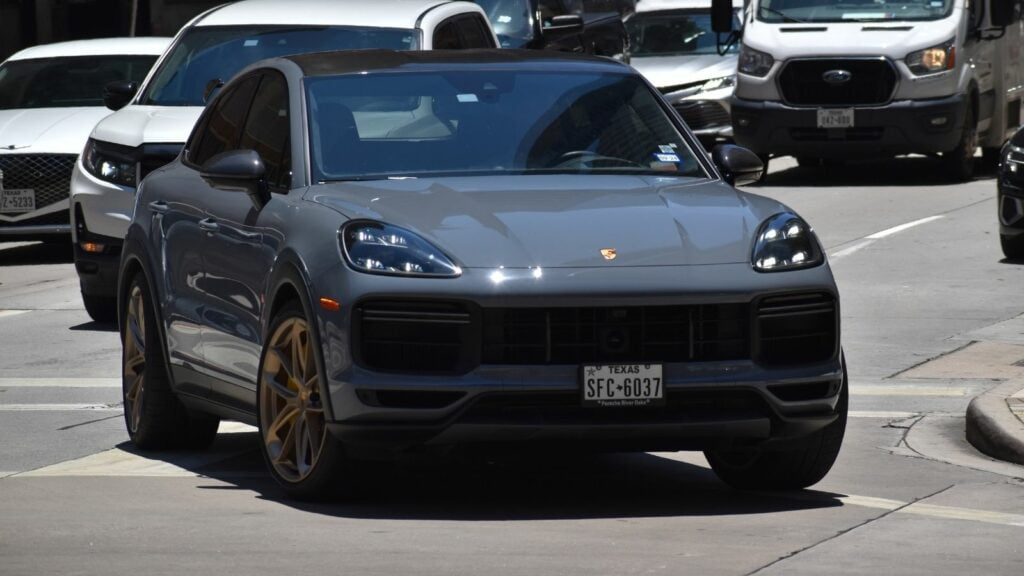We’ve all had that one friend who buys a car they “got a great deal on,” only to spend the next few years crying into their mechanic’s shoulder. Some cars are just rolling disasters, aka money pits, that gobble up repair bills. If you’re shopping for a vehicle, do yourself a favor: steer clear of these 25 automotive nightmares.
Fiat 500L (2014-2020)
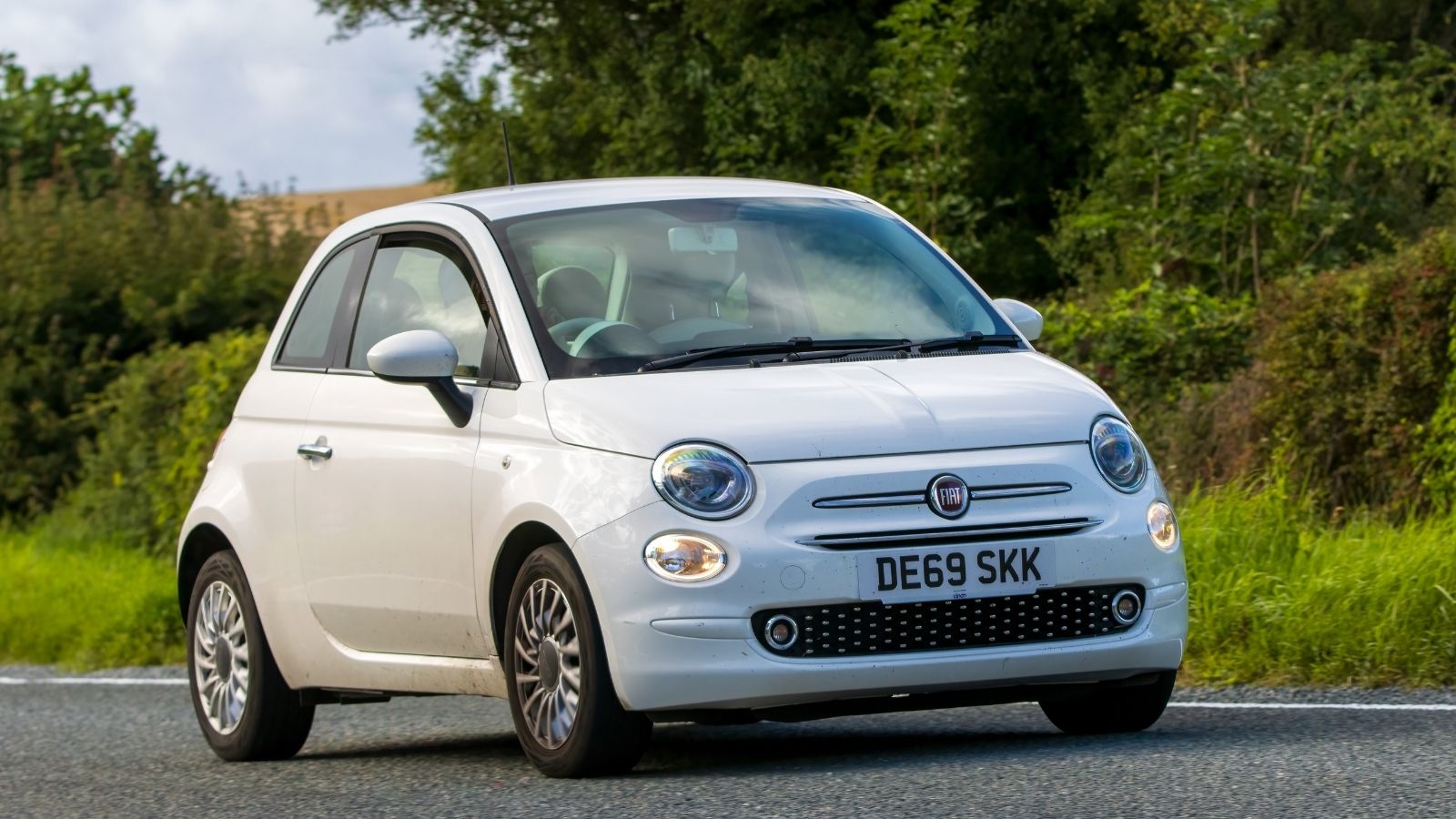
The Fiat 500L (2014-2020) was a well-intentioned but poorly executed attempt at a practical family car. Despite its cute, retro-inspired design, it suffered from below-average reliability, cheap interior materials, and sluggish performance. The 1.4L turbocharged engine (160 hp) felt underpowered, especially when paired with the clunky 6-speed automatic or the unreliable dual-clutch transmission (2014-2015 models). Handling was awkward, too, thanks to excessive body roll and numb steering. Ultimately, it was a quirky flop that left most buyers disappointed.
Jeep Cherokee (2014-2019)
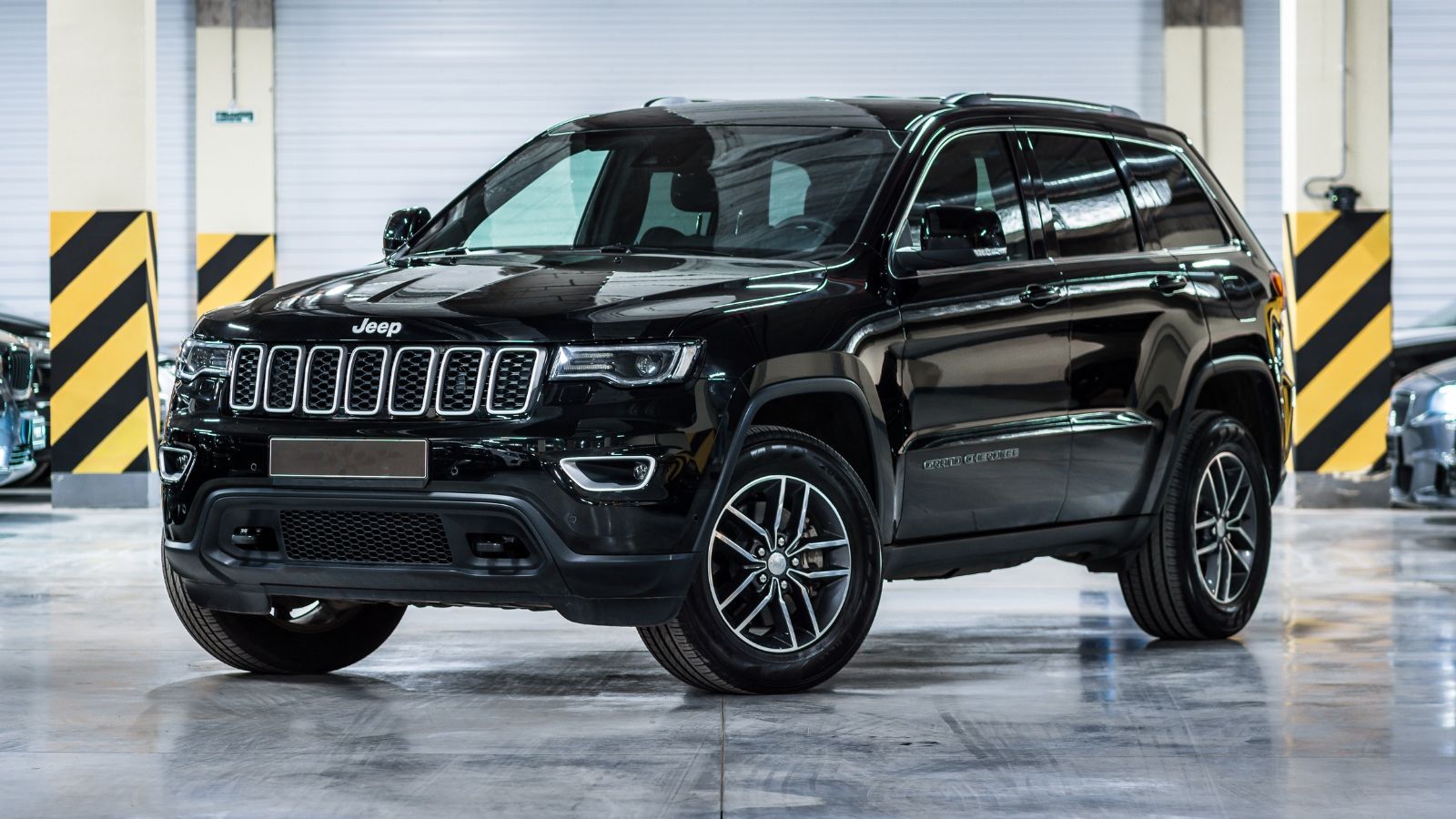
Jeep makes excellent off-roaders, but the Cherokee of this era came with problems. The biggest headache? The ZF 9-speed automatic transmission was infamous for jerky shifts, delayed acceleration, and outright failures, leading to multiple recalls and software updates that didn’t fully fix the problem. The 2.4L Tigershark engine also had excessive oil consumption, often leading to premature engine failure. Owners often reported needing a quart of oil every 1,000 miles, and many engines failed under 100,000 miles. And, despite Jeep’s rugged image, the Cherokee’s off-road capability was underwhelming compared to rivals.
Chevrolet Aveo (2004-2011)
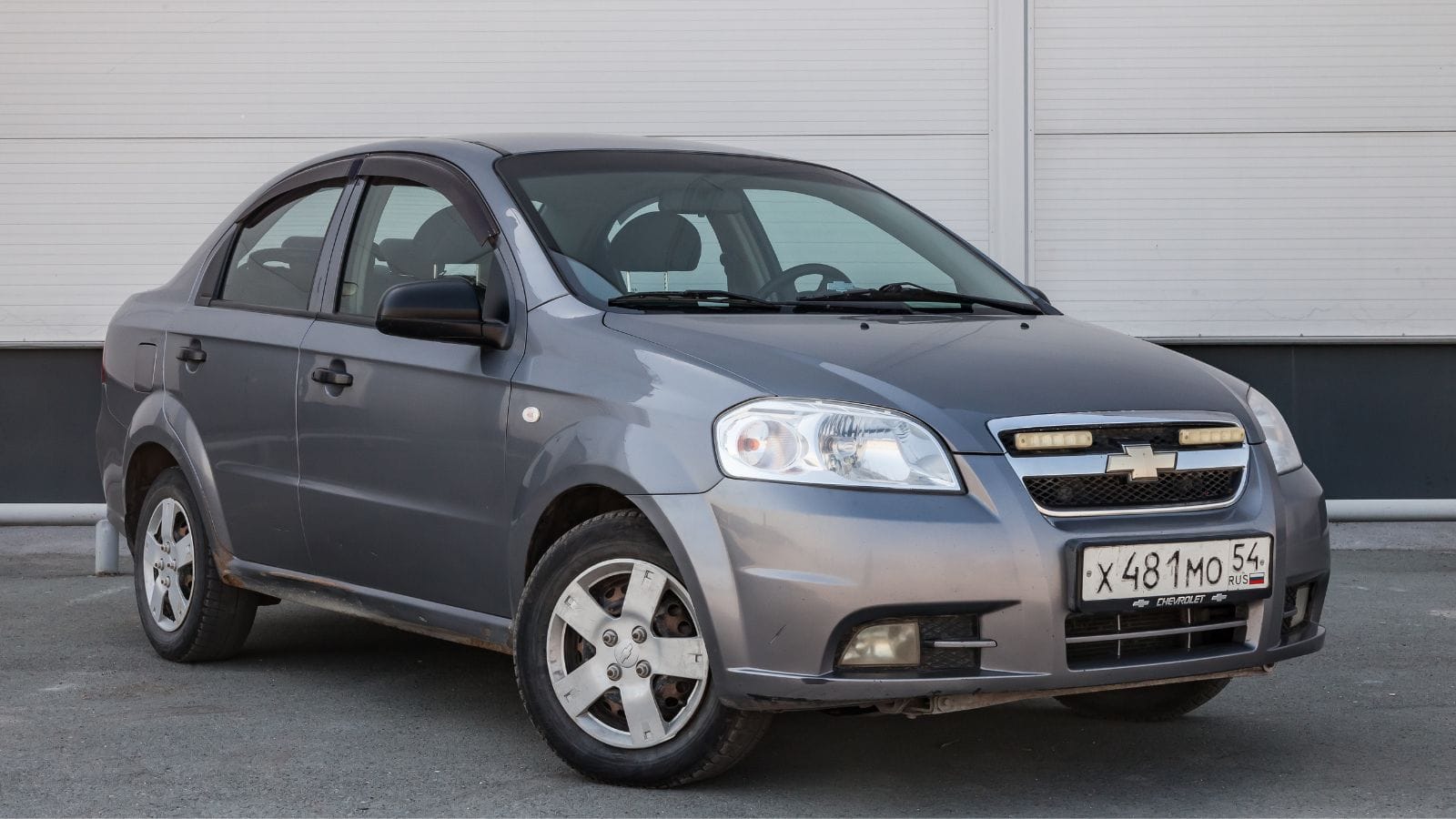
Chevy’s attempt at a budget car resulted in something that felt and performed like an overpriced lawnmower. The Aveo was plagued with frequent mechanical failures, especially with the timing belt, which could destroy the engine if not replaced early. Electrical issues and faulty transmissions were also common. Hard plastics, flimsy controls, and poor insulation made for a noisy, uncomfortable ride. And, with poor resale value and constant repairs, the Aveo remains a forgettable failure in GM’s history.
Range Rover (2010-2016)
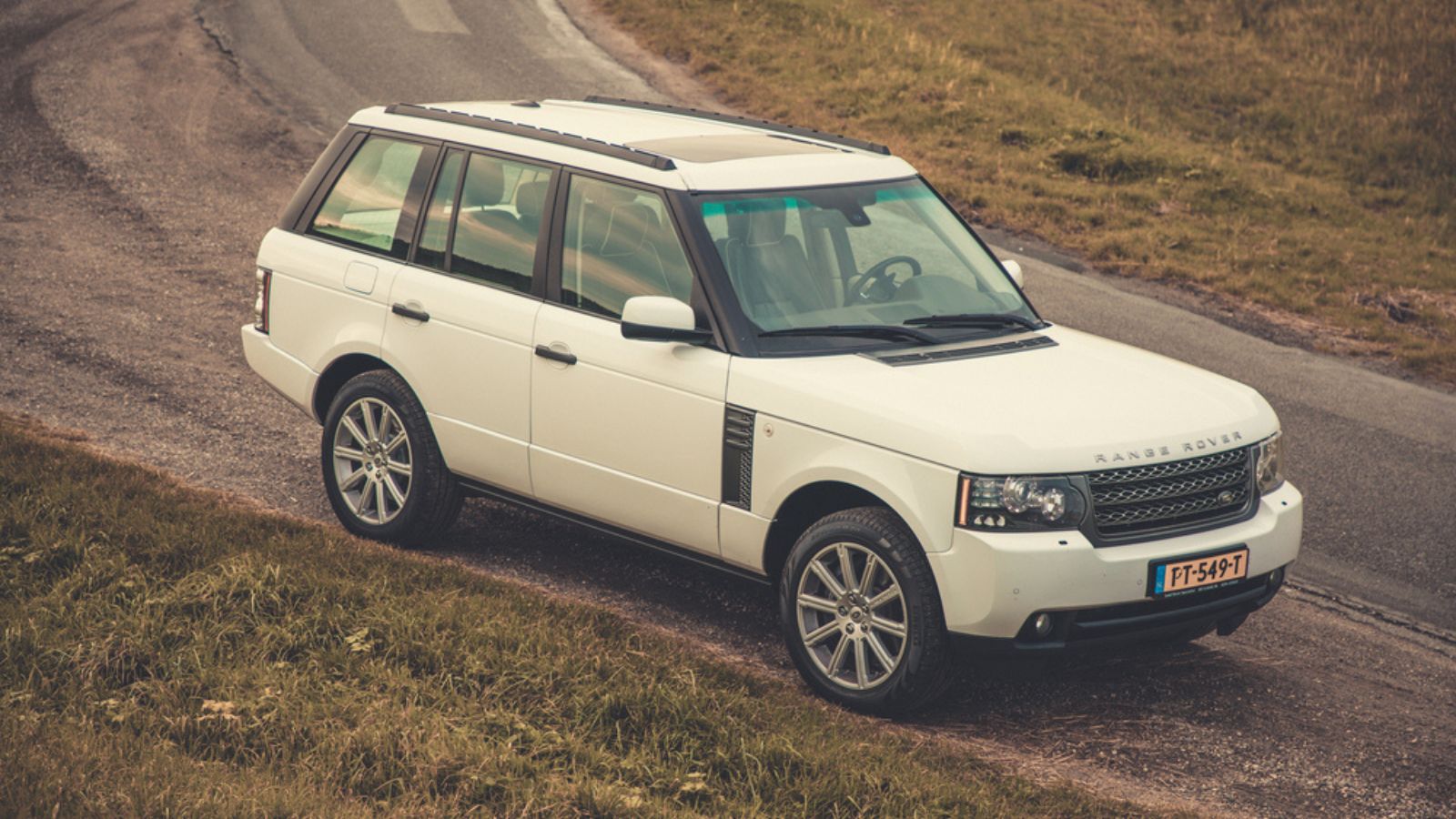
Ah, the Range Rover was the pinnacle of luxury and breakdowns. Water ingress issues plagued the electronics, leading to random shutdowns, locked doors, and dead screens. The four-wheel-drive system, meant for conquering anything, was ironically prone to transfer case failures. Repairs were frequent, with some owners calling them “money pits on wheels.” And, while the Range Rover oozed prestige, it was a ticking financial time bomb best left to those with deep pockets.
Chrysler 200 (2011-2017)
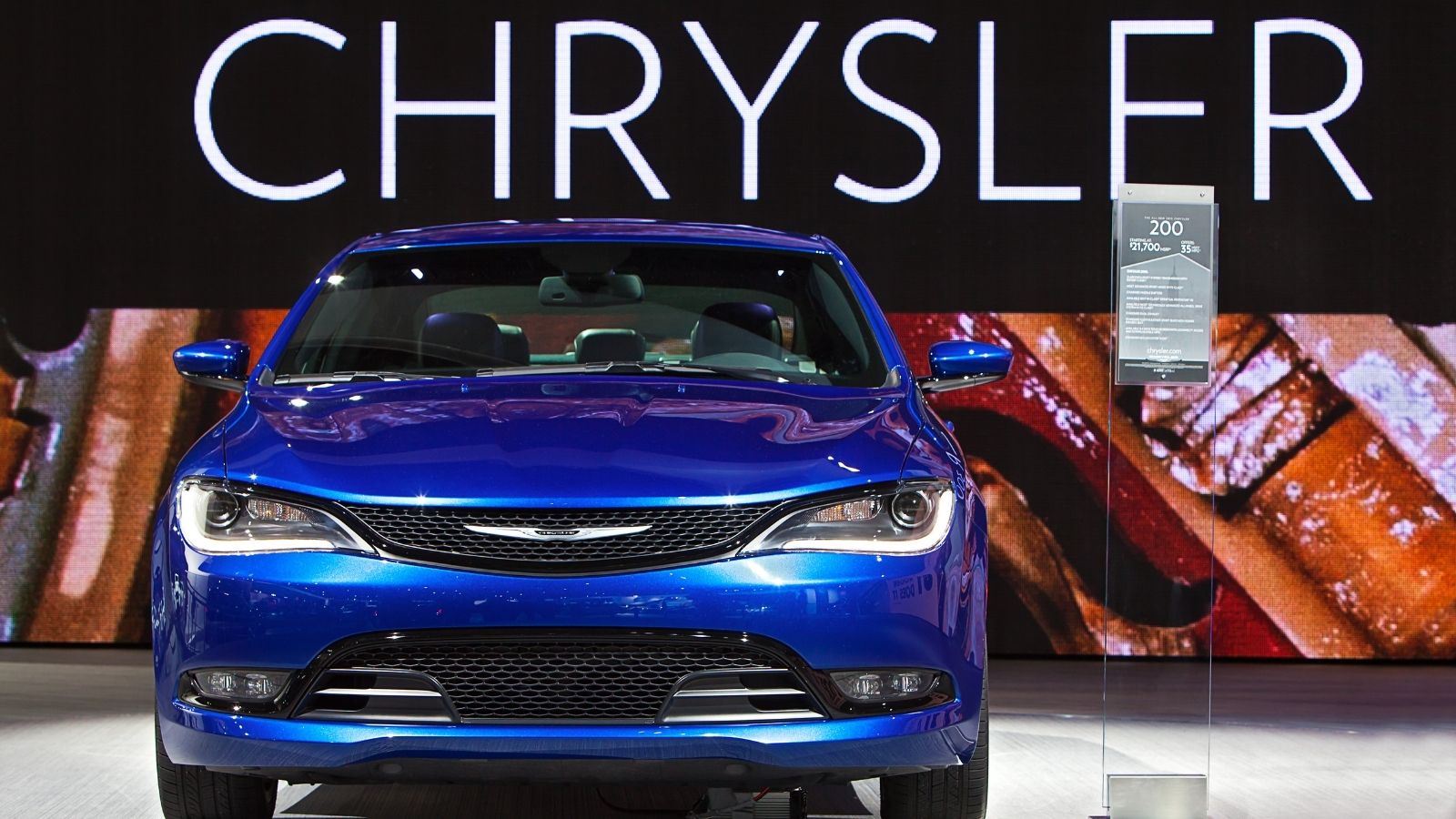
The Chrysler 200 had the personality of a potato and the reliability of a toddler’s promise. The second generation (2015-2017) mainly looked sleek but had its fatal flaws: Most notably, a cramped rear seat, unrefined 9-speed automatic transmission, and lackluster 2.4L Tigershark engine. The 9-speed transmission, sourced from ZF, was notorious for jerky shifts, hesitation, and reliability issues, leading to frequent complaints and recalls. Plus, the interior fell apart quickly, and resale value was nonexistent.
Dodge Caliber (2007-2012)
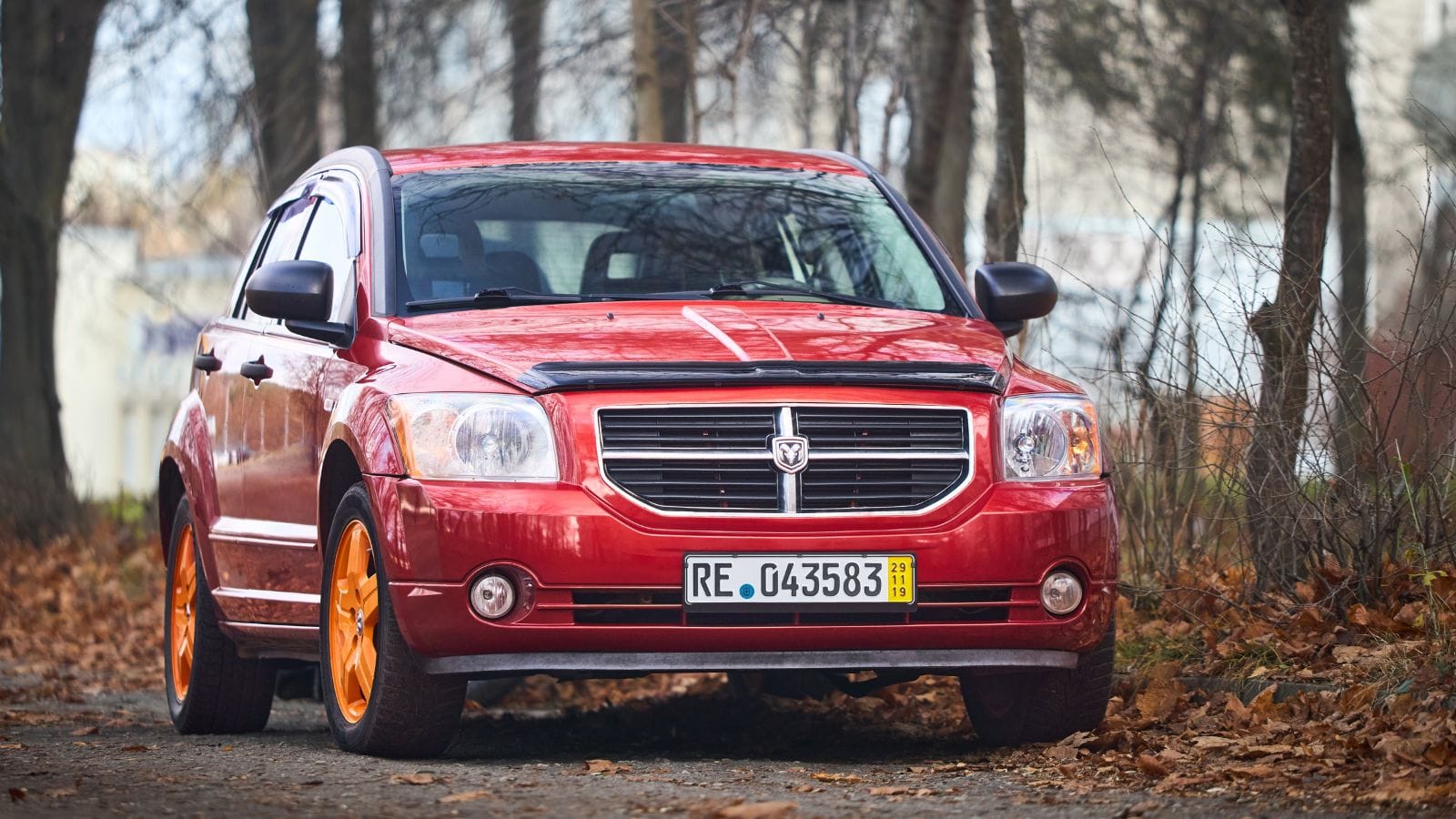
Whoever designed this car was clearly having a bad day. Dodge marketed it as a sporty hatchback alternative, but its cheap interior materials, underwhelming CVT transmission, and poor reliability quickly earned it a bad reputation. The 2.0L and 2.4L engines were noisy and unrefined, while the CVT sapped performance and fuel economy, making it neither fun nor efficient. Safety was another issue: Early models had below-average crash test ratings (IIHS initially rated it “Marginal” in side-impact tests). It remains a prime example of Chrysler’s missteps before Fiat’s intervention.
BMW 7-Series (2002-2008)
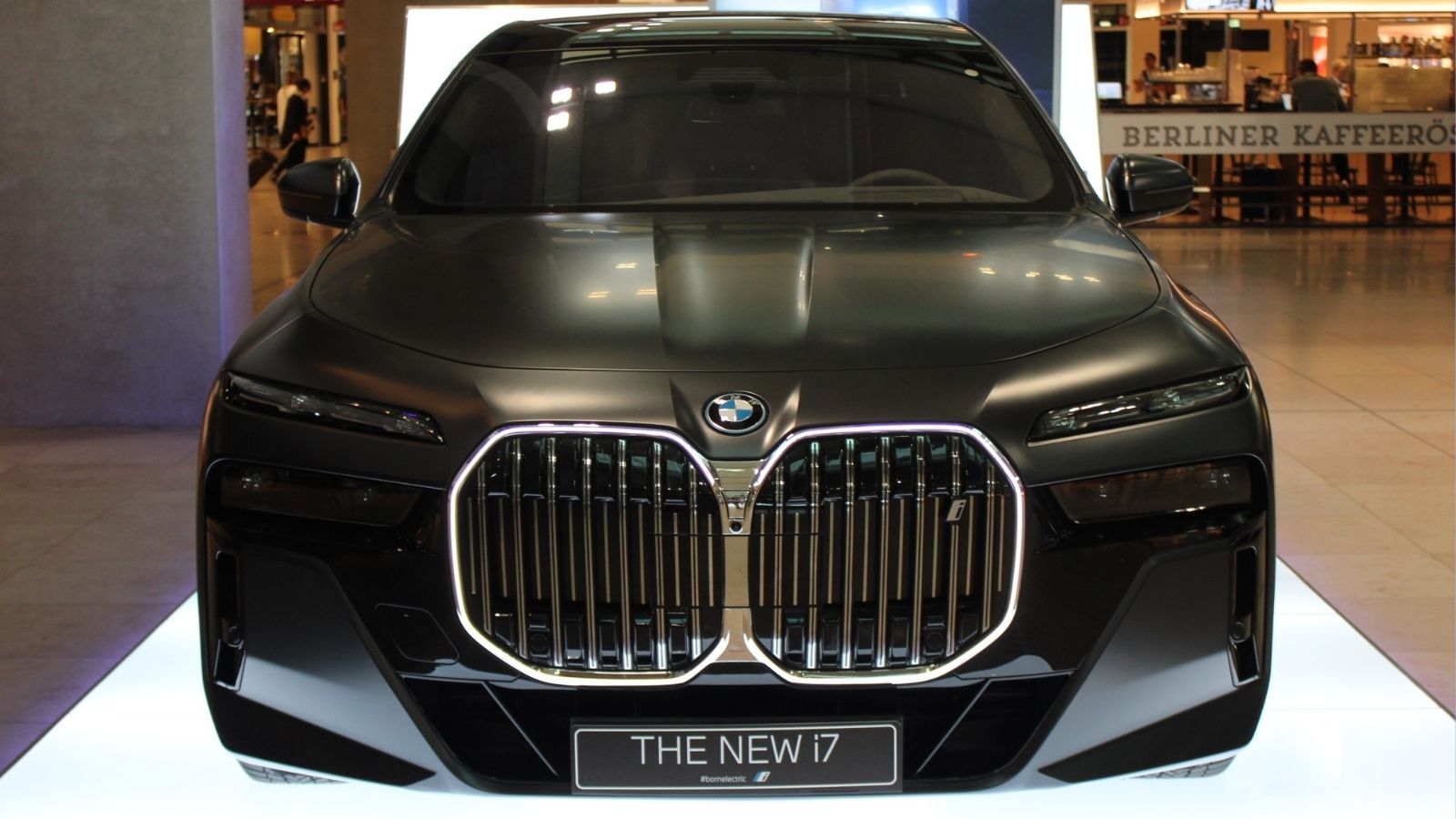
A used BMW 7-Series might seem like a luxury bargain until you realize every single system in the car is prone to failure. Designed under Chris Bangle, its controversial “Bangle Butt” styling divided opinions, but the real headache lay under the hood, figuratively and literally. The car introduced BMW’s iDrive system, an early, overcomplicated infotainment interface that frustrated users with its sluggish response and cryptic menus.
Ford Focus (2012-2016)
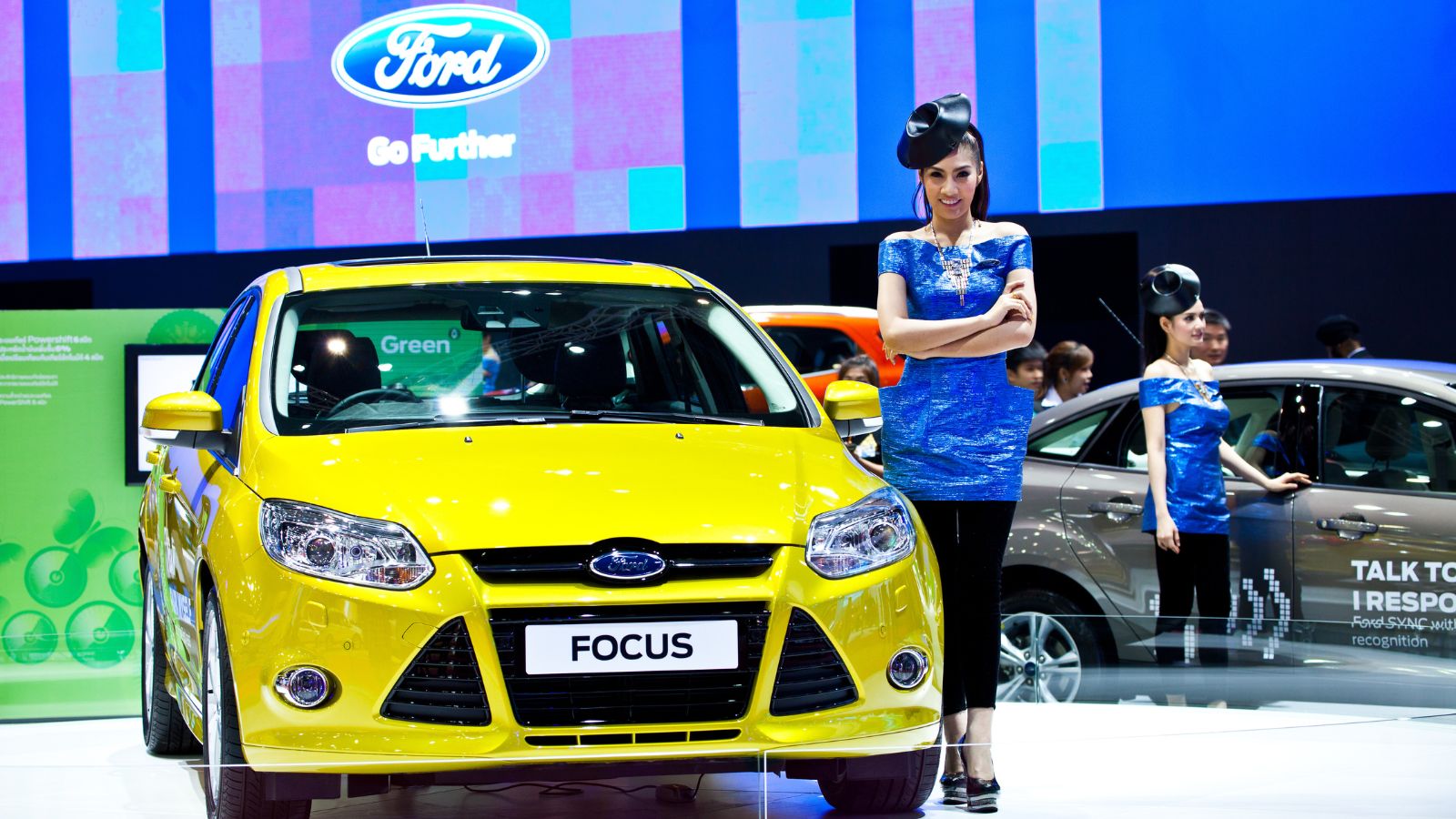
Ford’s PowerShift dual-clutch transmission was a disaster, leading to class-action lawsuits and furious owners. Interior quality was another letdown: peeling dashboards, malfunctioning infotainment systems, and faulty door latches. By 2016, Ford had settled multiple lawsuits and extended transmission warranties, but damage to the model’s reputation was done. And, while a fun-to-drive car when working properly, the 2012-2016 Focus remains a cautionary tale in automotive reliability.
Nissan Juke (2011-2017)
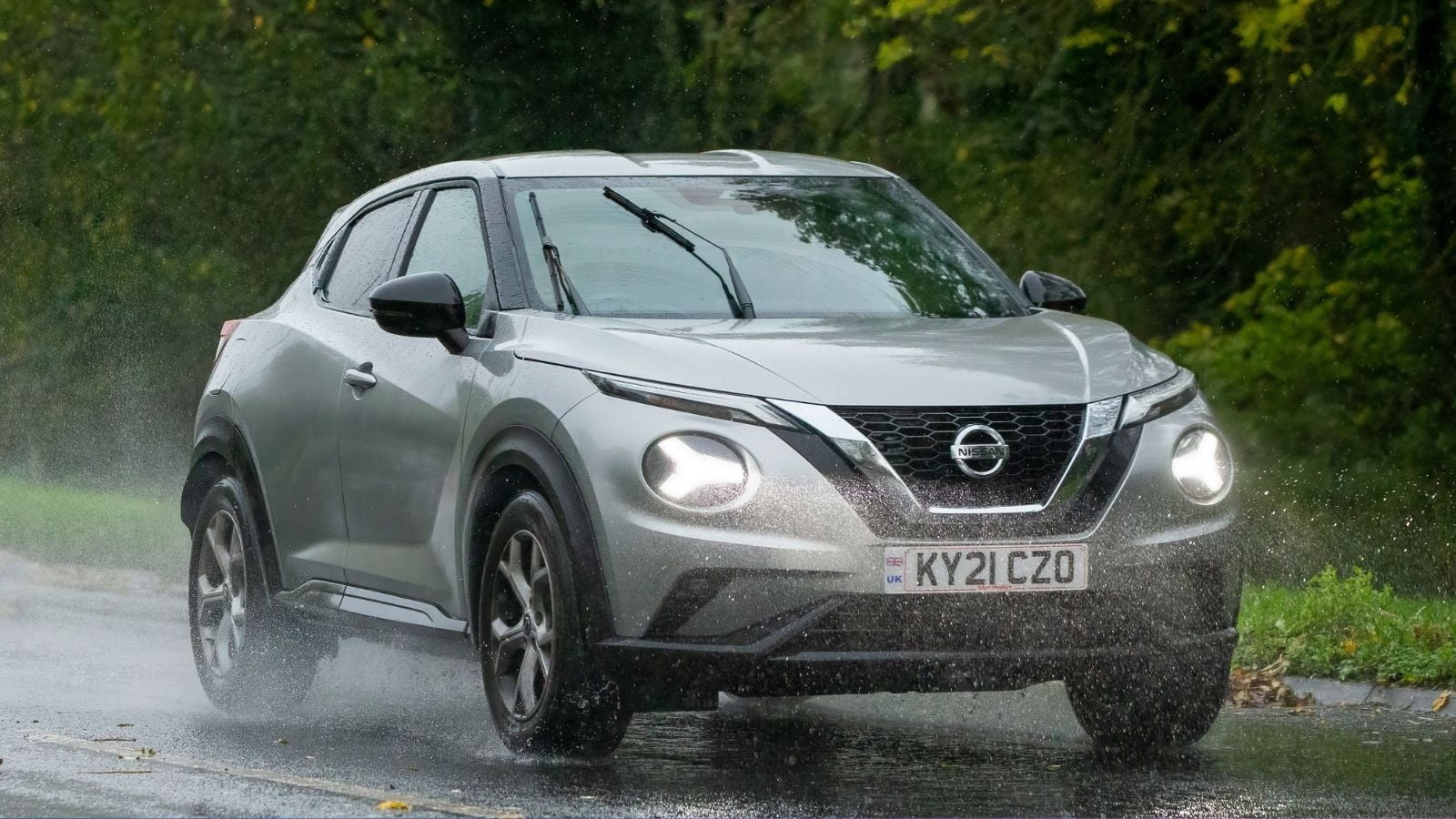
Weird styling is subjective, but terrible reliability isn’t. Its polarizing design, a mix of bug-eyed headlights and an awkwardly squat stance wasn’t just controversial; it also actively hurt resale value. Under the hood, the 1.6L turbocharged engine had decent power (188 hp in standard models, 215 hp in the Nismo RS), but it suffered from poor reliability, excessive oil consumption, and turbo failures. Plus, the fuel economy wasn’t great, with real-world figures often falling short of EPA estimates.
Cadillac CTS (2003-2007)
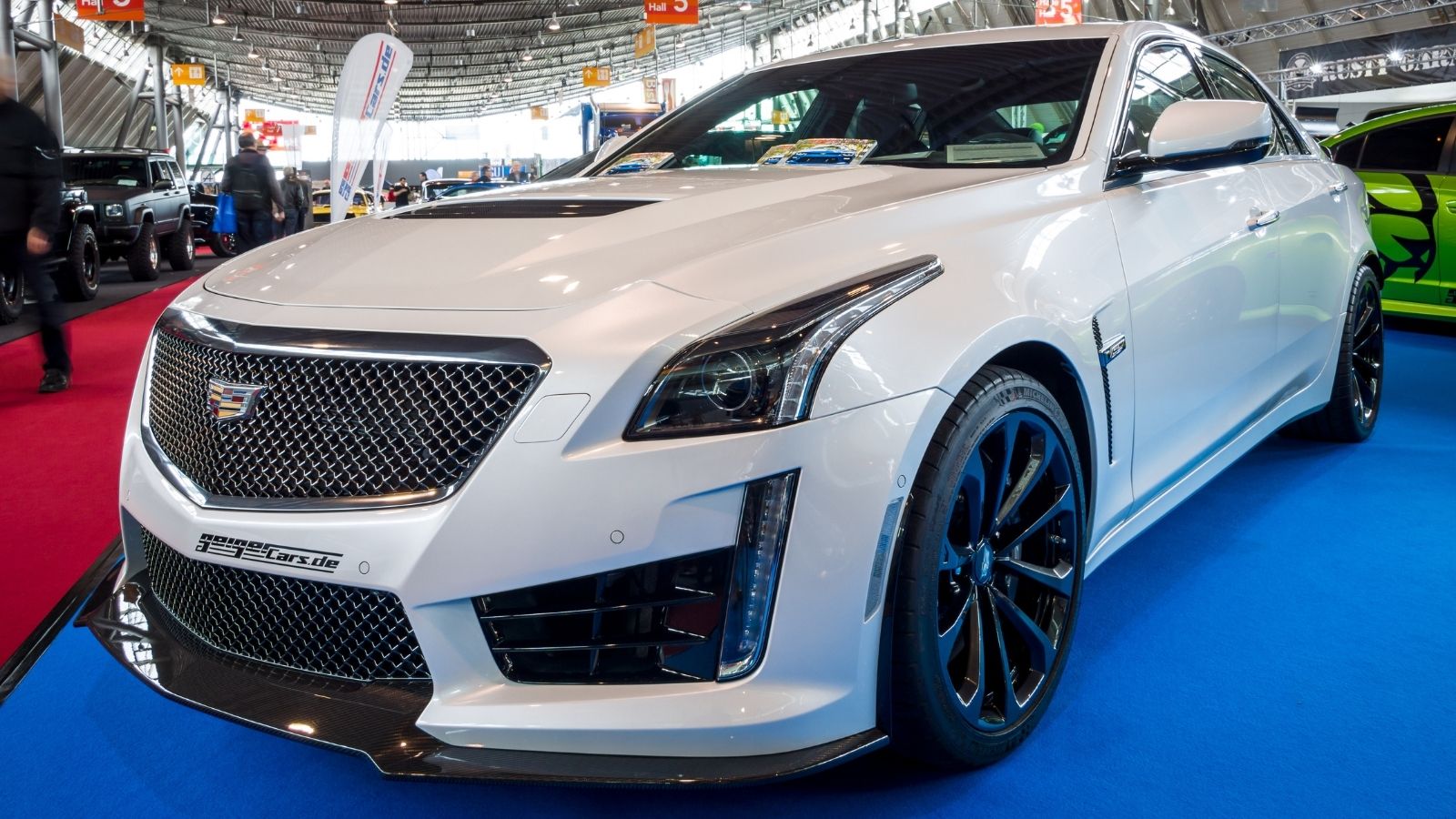
Cadillac wanted a BMW fighter but got an overcomplicated, unreliable mess instead. The interior quality was subpar, with cheap plastics, easily worn surfaces, and frequent electrical issues. Handling, while decent, was hampered by a harsh ride and vague steering, failing to match the finesse of BMW and Mercedes. The automatic transmission (5L40-E) was also sluggish and prone to failure, adding to ownership headaches. Early CTS models proved ambitious but flawed, suffering from cost-cutting and mechanical woes that tarnished Cadillac’s reputation.
Smart Fortwo (2008-2015)
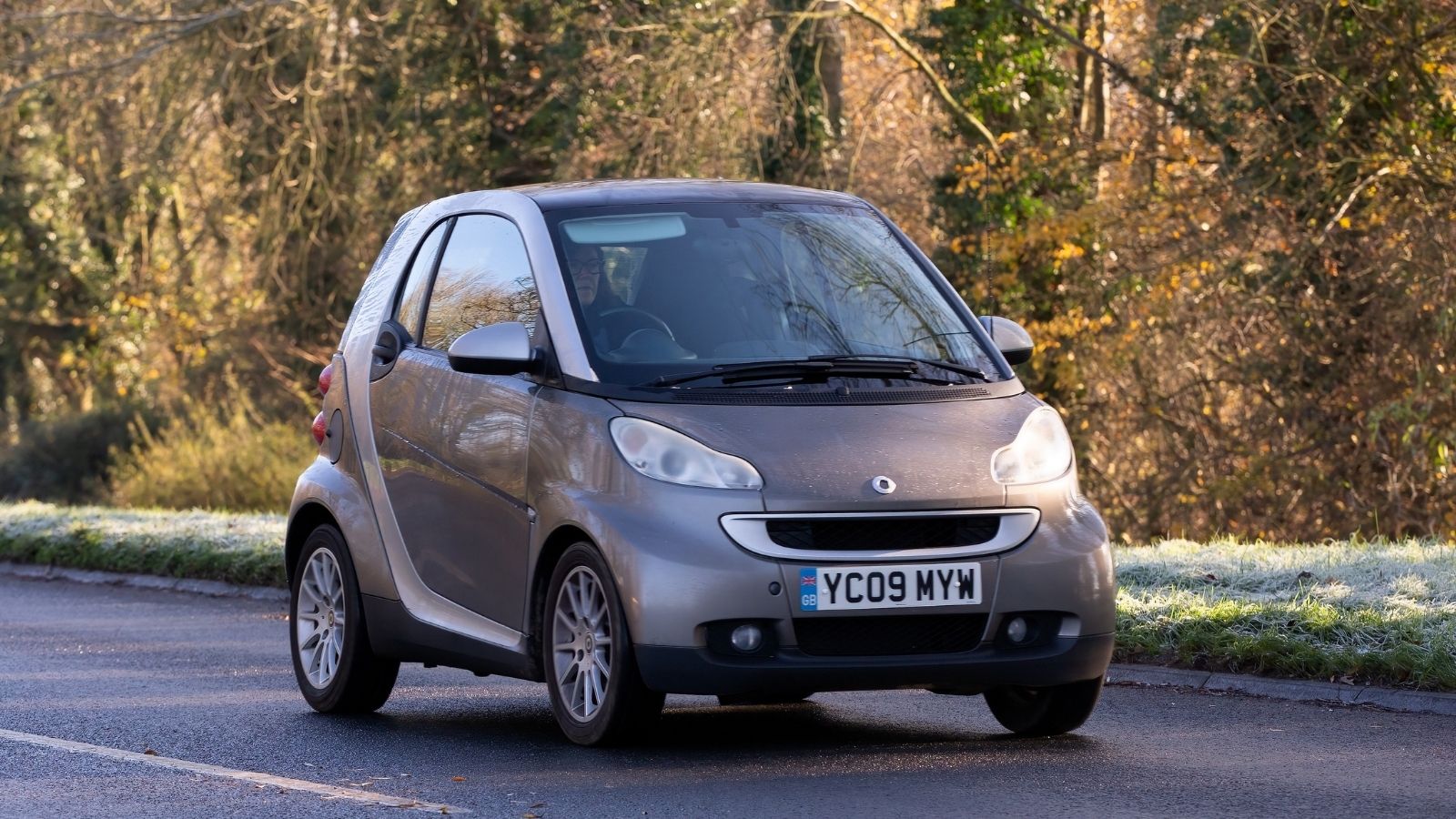
It’s small, quirky, and terrible. Despite its tiny footprint, it suffers from a jerky, unrefined automated manual transmission that makes shifting a nightmare and causes uncomfortable lurching in traffic. Its 70-horsepower 1.0L three-cylinder engine is underpowered, struggling to keep up with highway speeds, while its short wheelbase makes it unstable in crosswinds. The Smart Fortwo also had an awful automated manual transmission and repairs that cost more than the car was worth.
Mini Cooper (2007-2014)
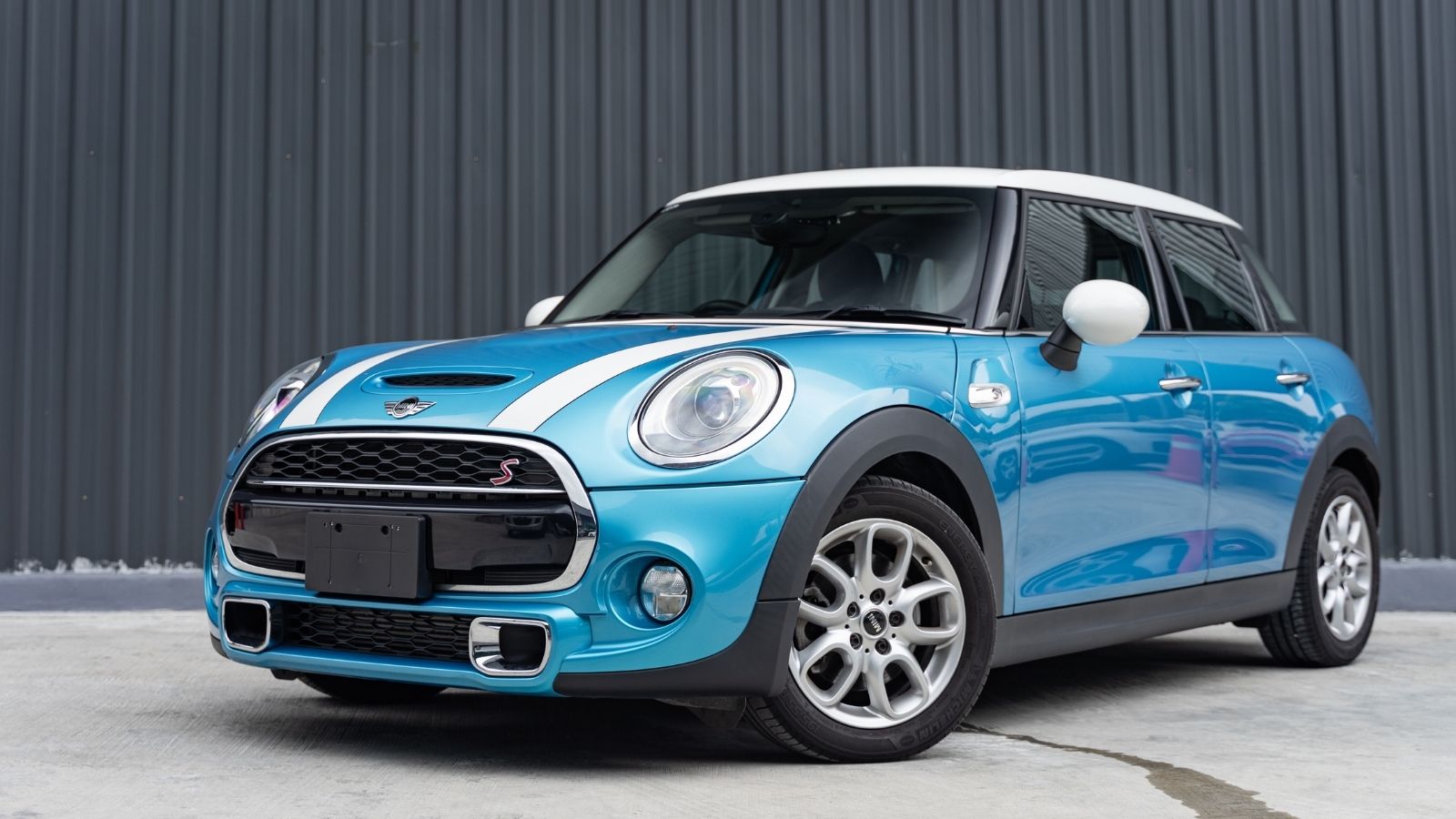
Mini Coopers are fun to drive until they aren’t. One of their biggest flaws is the N14/N18 turbocharged engines, infamous for timing chain tensioner failures, which can lead to catastrophic engine damage if not addressed early. The Prince engine, co-developed with Peugeot, also suffers from excessive carbon buildup, frequent oil leaks, and high-pressure fuel pump failures. The automatic transmission isn’t much better, often experiencing premature failure, and replacing it can cost over $8,000, more than the car’s value in some cases.
Jaguar X-Type (2001-2009)
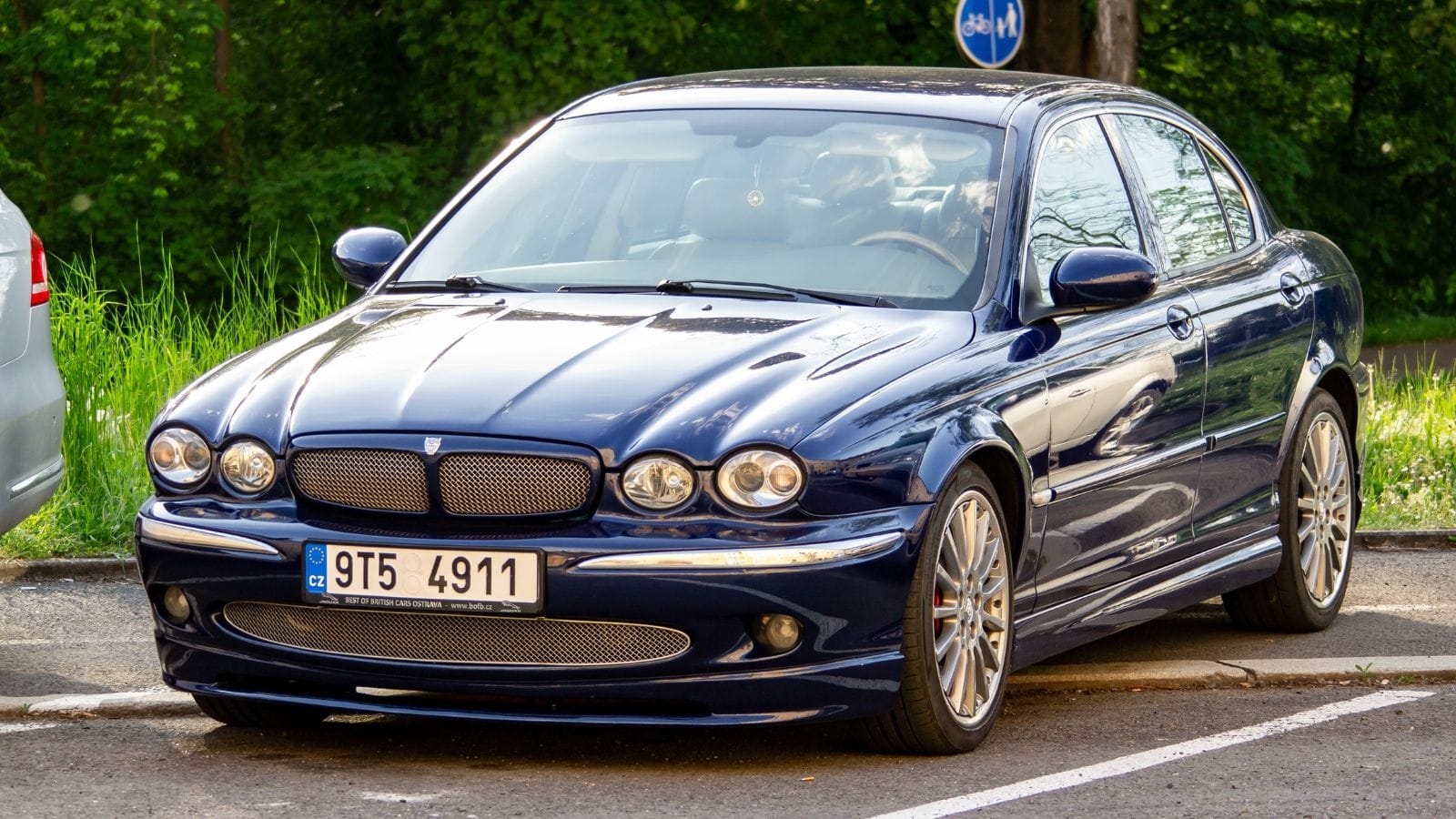
The Jaguar X-Type (2001-2009) was Jaguar’s ill-fated attempt at entering the compact executive car market, but it ended up being more of a glorified Ford Mondeo than a true Jag. Built on a modified Mondeo platform, it lacked the refinement, prestige, and reliability expected from the brand. Under Ford’s ownership, Jaguar cut corners, leading to quality control nightmares with dodgy electrics, failing AWD systems, and transmission issues. Marketed as a BMW 3 Series rival, it failed miserably, and its lackluster sales led to its discontinuation in 2009.
Volkswagen Beetle (2012-2019)

The modern Beetle had more problems than it was worth, including turbo failures, electrical nightmares, and automatic transmissions that liked to take unannounced vacations. Safety concerns also plagued the model, with poor side-impact protection in earlier versions. And, despite being based on the Golf’s platform, it had mediocre handling and a harsh ride, making it less fun to drive than it looked. Low resale value and Volkswagen’s questionable long-term dependability only cemented Beetle’s fate as a discontinued relic.
Mazda RX-8 (2004-2012)
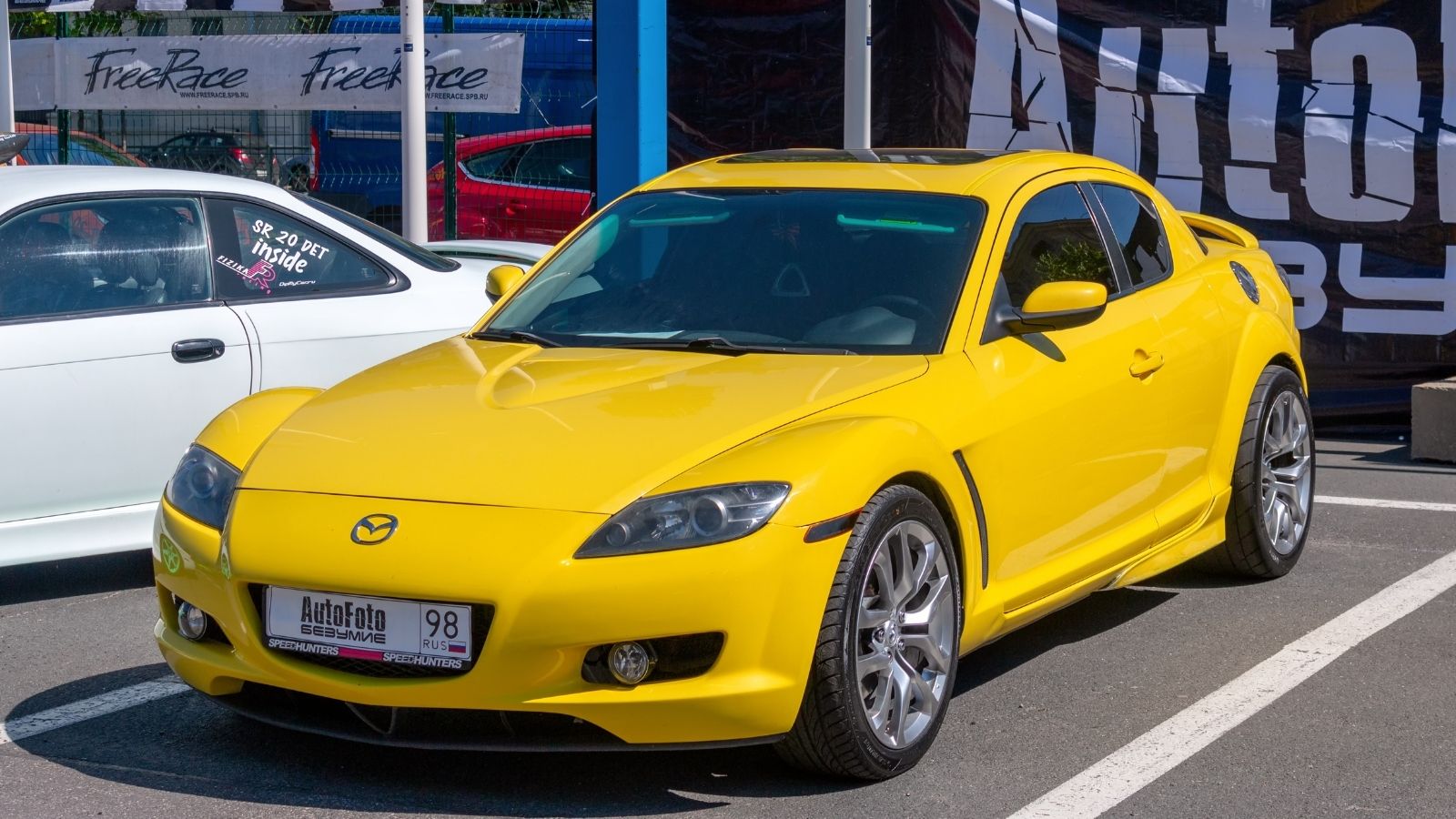
The Mazda RX-8 (2004-2012) is often praised for its unique rotary engine and sporty performance, but it’s far from perfect. Despite its sleek design and handling, the RX-8 has some significant flaws that make it a challenging car to own. The rotary engine, while innovative, is notorious for being unreliable and prone to high oil consumption, leading to costly maintenance and repairs. It also struggles with fuel efficiency, getting far fewer miles per gallon than many competitors.
Tesla Model S (Early Models, 2012-2015)
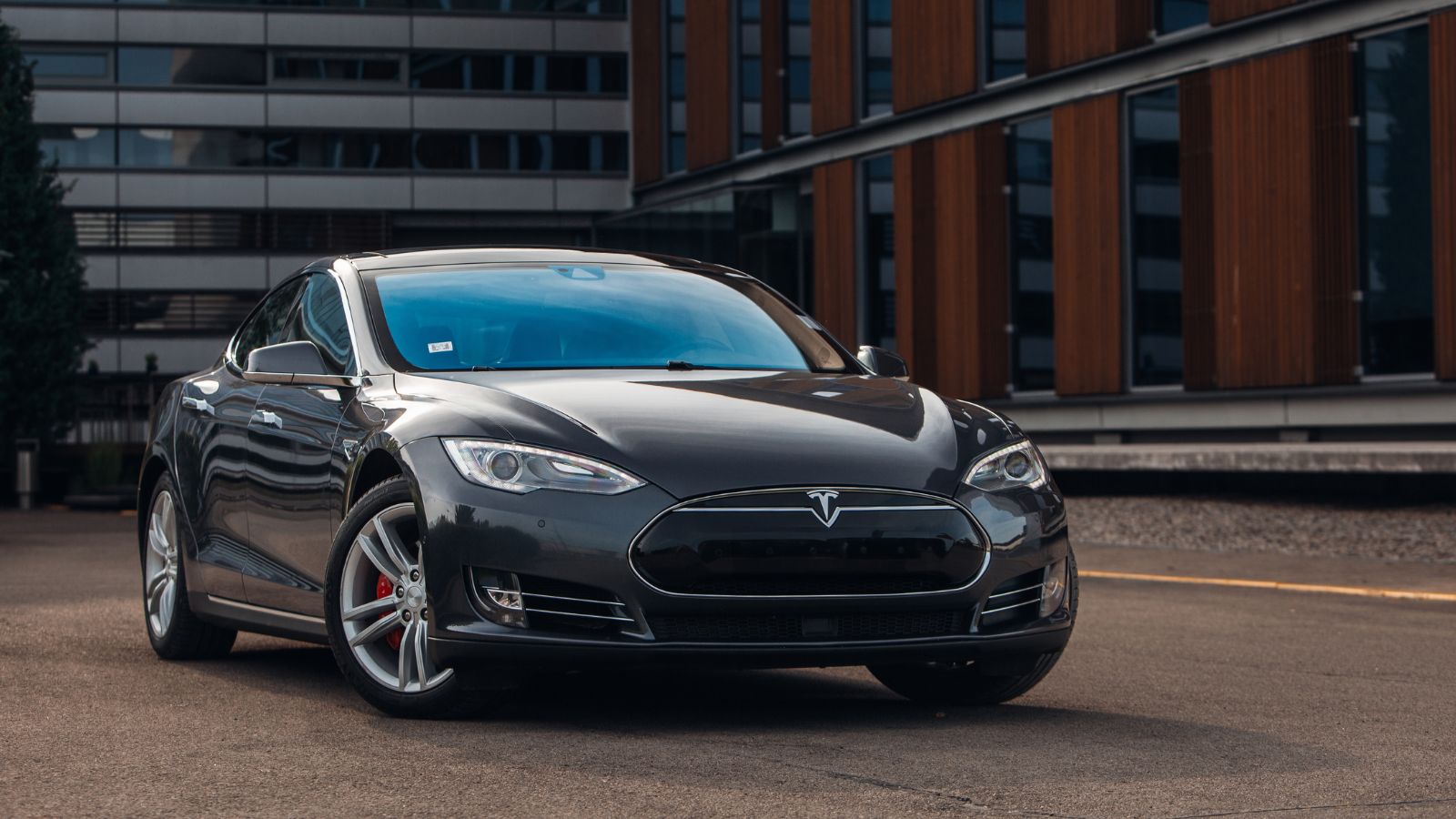
The early Tesla Model S (2012-2015) was a revolutionary, all-electric spaceship that promised the future but sometimes delivered frustration instead. Sure, it was fast, sleek, and whisper-quiet, but it also had the reliability of a moody teenager. Owners reported touchscreen failures, door handles with minds of their own, and an uncanny ability to devour drive units like a kid eats candy. Further, the battery range was fantastic unless it wasn’t, thanks to phantom drain and sudden bricking issues.
Hyundai Tiburon (1997-2008)
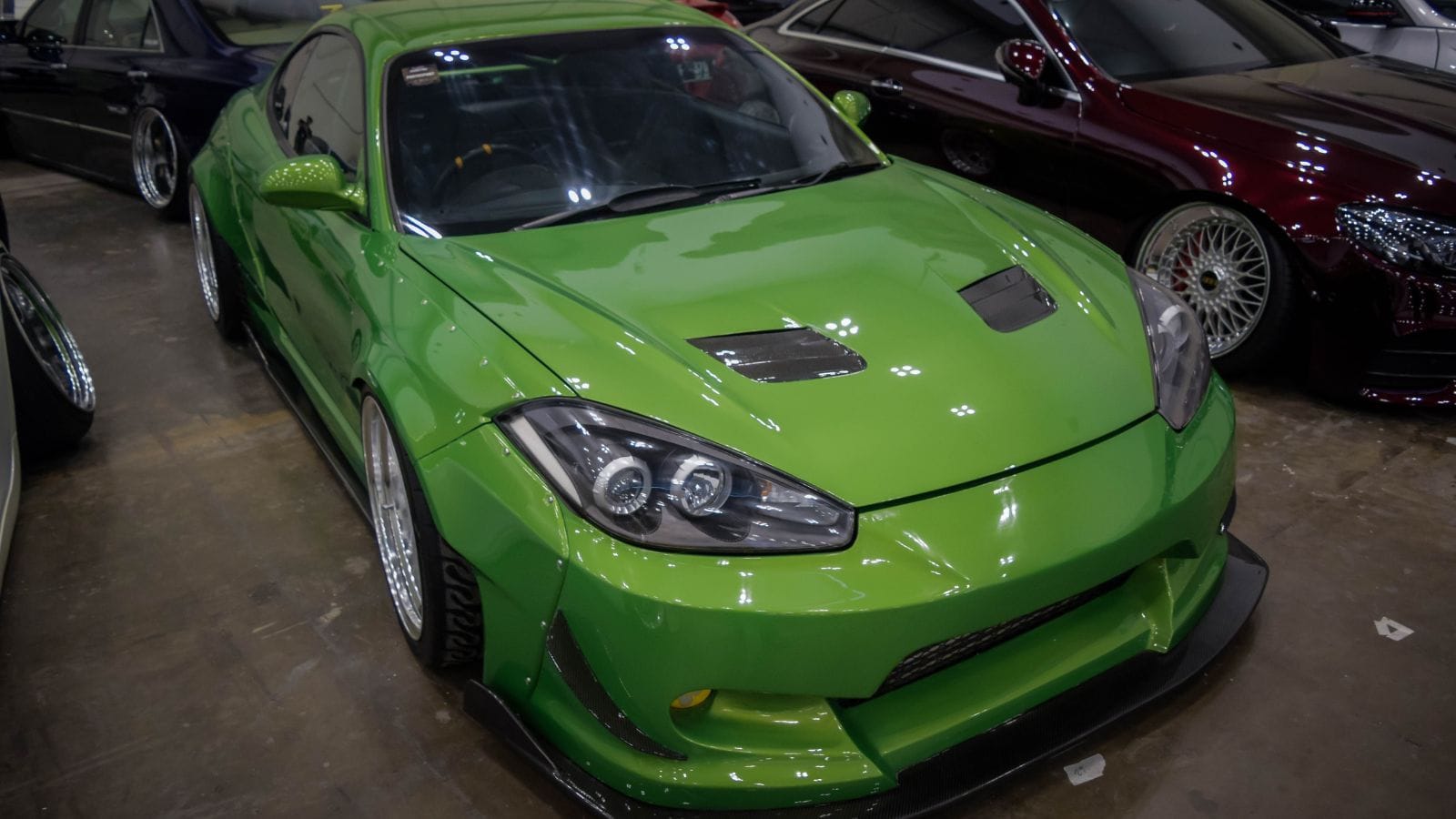
Hyundai’s early attempt at a sporty coupe resulted in a car that wasn’t sporty, fun, or reliable. Early models had gutless four-cylinder engines, while later V6 versions were outpaced by minivans. The handling? It’s about as precise as a shopping cart with a bad wheel. Reliability was also a mixed bag: Owners reported transmission failures, electrical gremlins, and interiors that aged like milk. The plasticky cabin squeaked, rattled, and felt as cheap as the price tag suggested. And its resale value was horrible.
Mitsubishi Eclipse (2000-2012)

Once a cool tuner car, later Eclipse models became bloated, unreliable, and equipped with transmissions that aged like milk in the sun. The 3.8L V6 in later models made decent power (265 hp), but torque steer and a clunky transmission ruined the fun. Meanwhile, the base 2.4L four-cylinder was as exciting as soggy toast, with a reputation for reliability issues. The interior? Plastic-fantastic, with ergonomics seemingly designed by a committee of toddlers. Also, handling was numb, fuel economy was meh, and by 2012, Mitsubishi mercy-killed the Eclipse. It had midlife crisis energy but no substance, a sporty car in name only.
Lincoln MKZ (2007-2012)
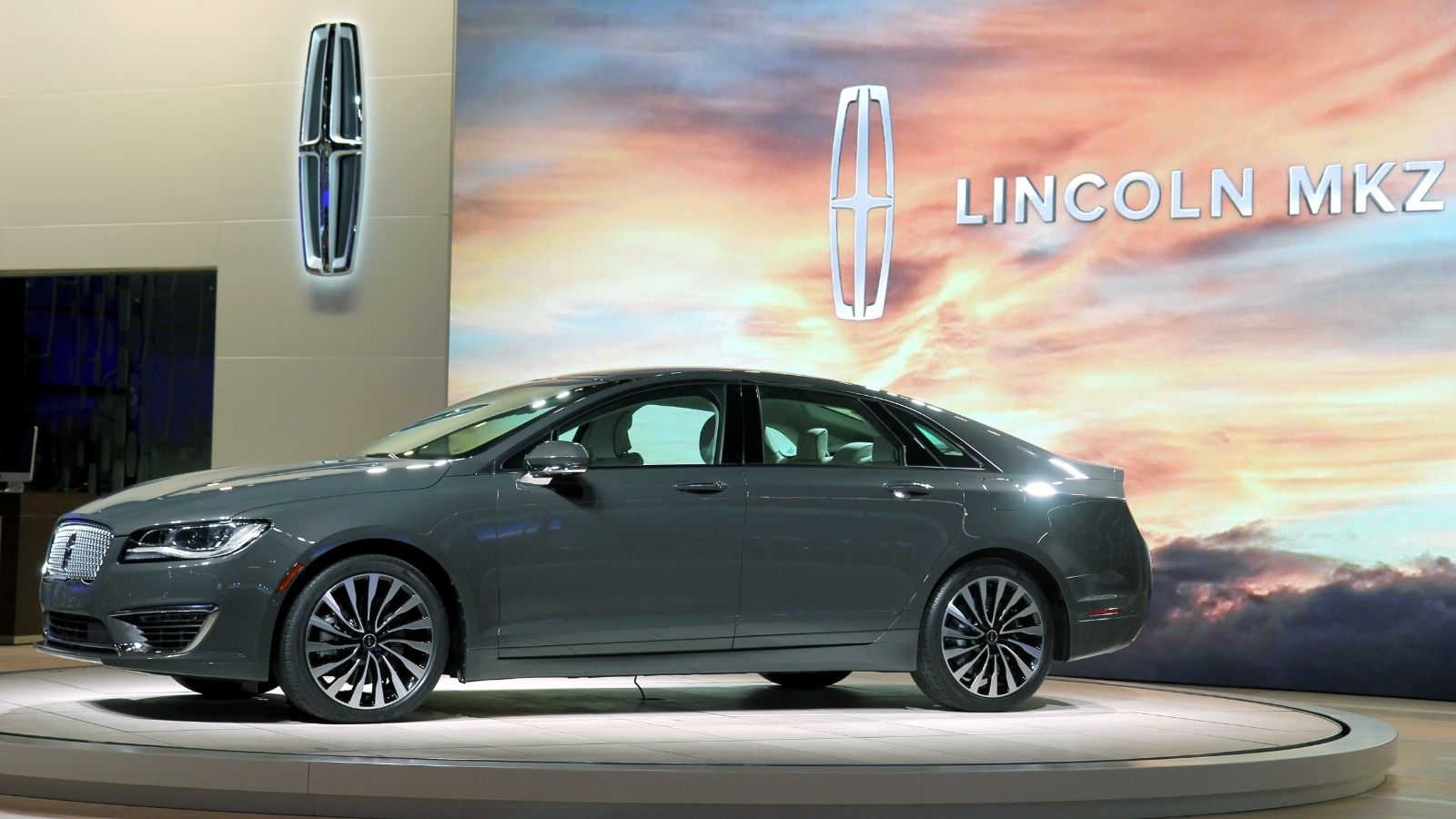
It’s a rebadged Ford Fusion that somehow managed to be less reliable. The V6 (263 hp) sounded promising but guzzled gas like a truck while delivering meh acceleration. The six-speed automatic shifted like it was deciding whether or not it wanted to work that day. Interior tech? Dated. Sync system? Glitchy. Reliability? Not great: Transmission issues, electrical gremlins, and premature suspension wear. Ultimately, the MKZ was a lukewarm attempt at luxury, leaving owners wondering if they should have bought a better-trimmed Fusion instead.
Pontiac Aztek (2001-2005)

The Pontiac Aztek (2001-2005) is a rolling contradiction: Both ahead of its time and a complete disaster. Designed as a futuristic crossover, it instead became a dystopian design nightmare. With its awkward stance, bizarre plastic cladding, and confused identity (is it an SUV? A minivan? A mistake?), the Aztek was widely mocked, even earning a spot on multiple “Ugliest Car” lists. And, despite a cult following (thanks, Breaking Bad), the Aztek remains proof that bold doesn’t always mean beautiful. GM axed it in 2005, and the world moved on (except for Walter White, who made it infamous).
Chevrolet Trailblazer (2002-2009)
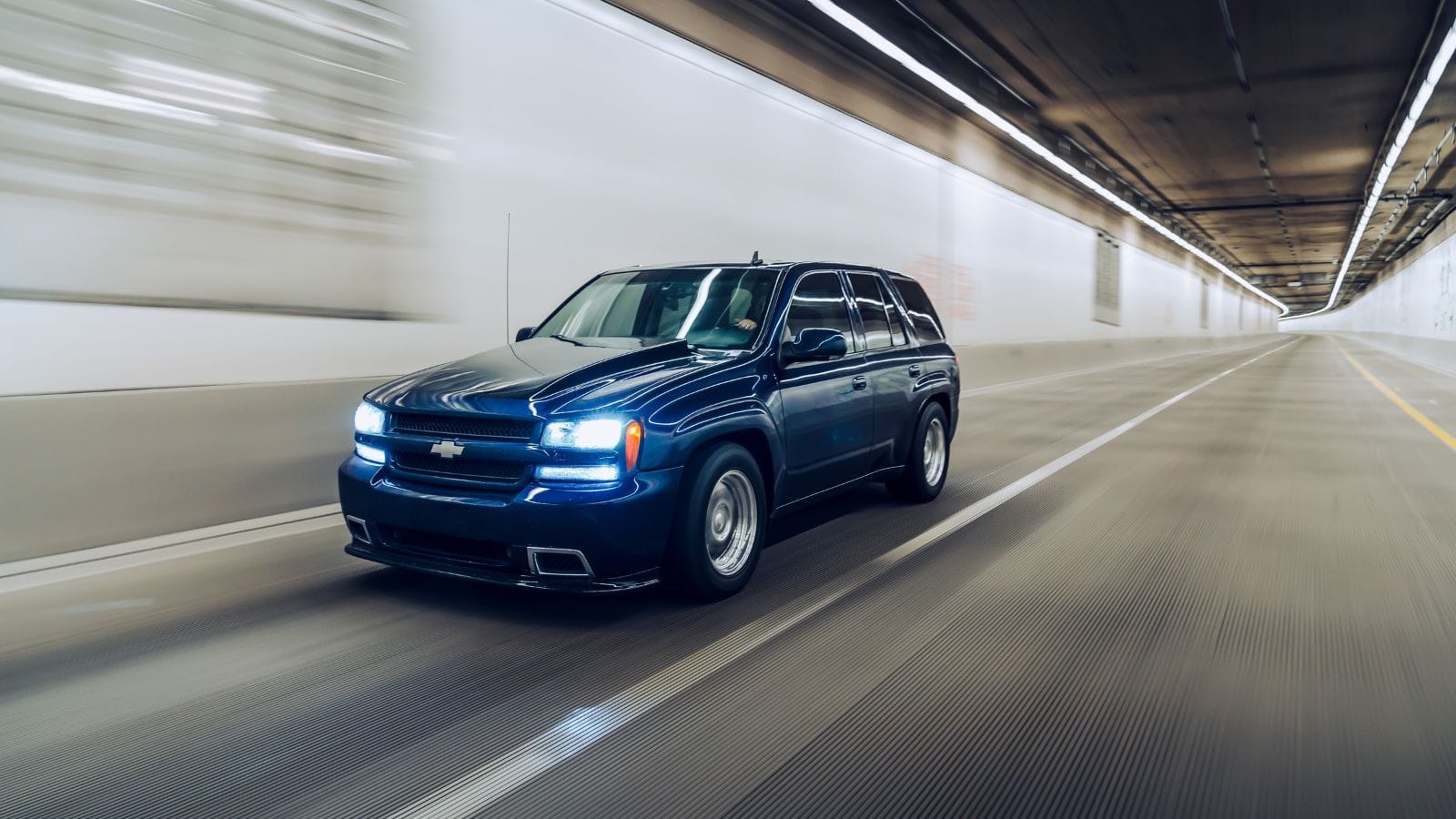
The 2002-2009 Chevrolet Trailblazer had the personality of a soggy cardboard box and the reliability of a dollar-store flashlight. GM’s attempt at a midsize SUV was plagued with problems, from its famously underwhelming 4.2L inline-six (which drank fuel like a V8 but pulled like a lawnmower) to electrical gremlins that made dashboard lights flicker like a haunted house. Owners frequently dealt with failing HVAC actuators, weak transmissions, and rear wipers that worked when they felt like it. A true example of “they don’t make ’em like they used to.”
Mercedes-Benz ML-Class (1998-2005)
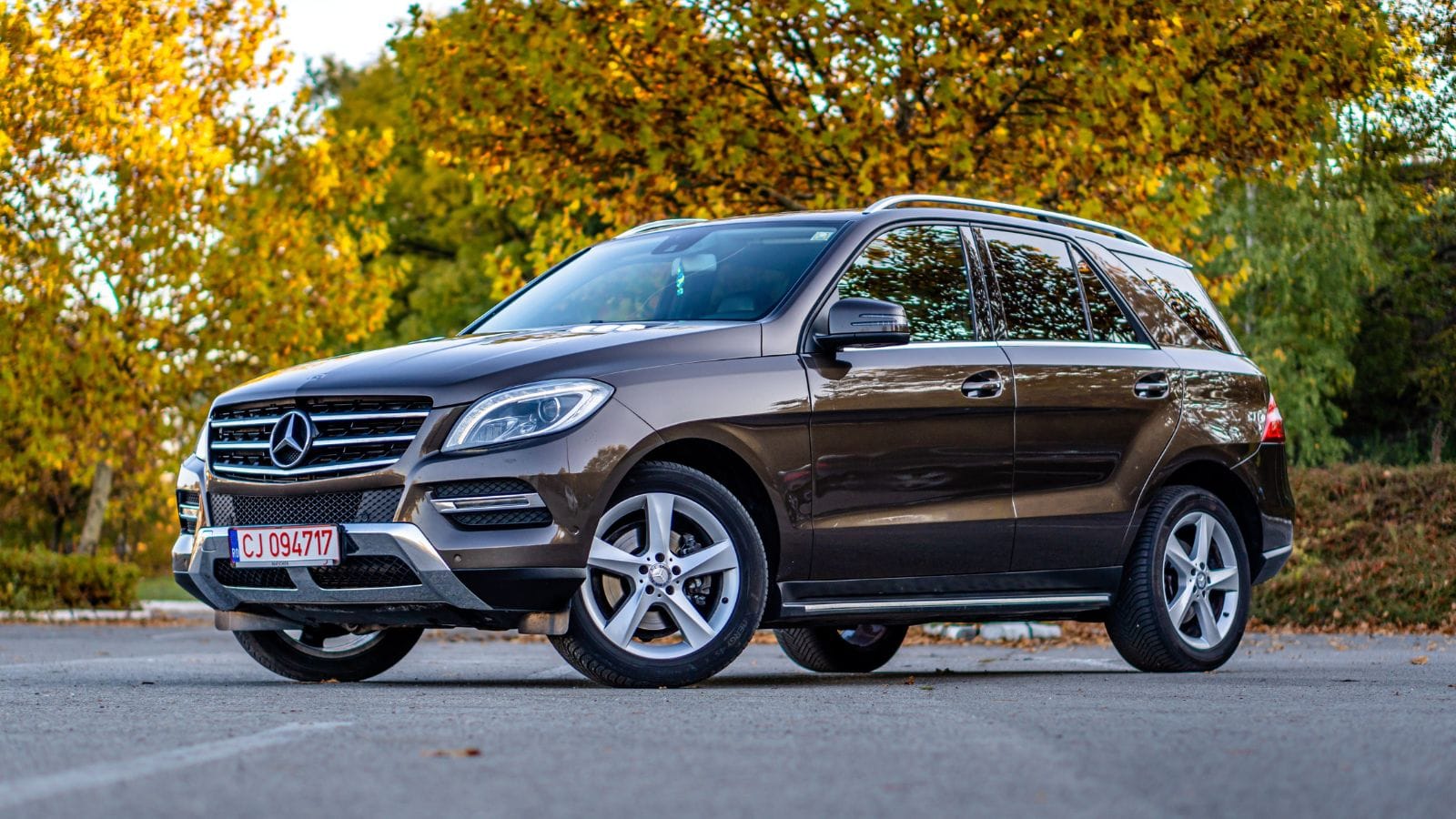
The first-generation Mercedes-Benz ML-Class (W163, 1998–2005) was a luxury SUV that dreamed of competing with the Range Rover but often felt more like a dressed-up minivan with an identity crisis. Built in Alabama (yes, really), it suffered from questionable build quality, including plasticky interiors that aged like milk and electrical systems with the reliability of a moody teenager. Even Mercedes admitted its flaws, fixing many in the next-gen model. If you want “luxury” with an expensive repair habit, the W163 is the SUV for you.
Saturn Ion (2003-2007)
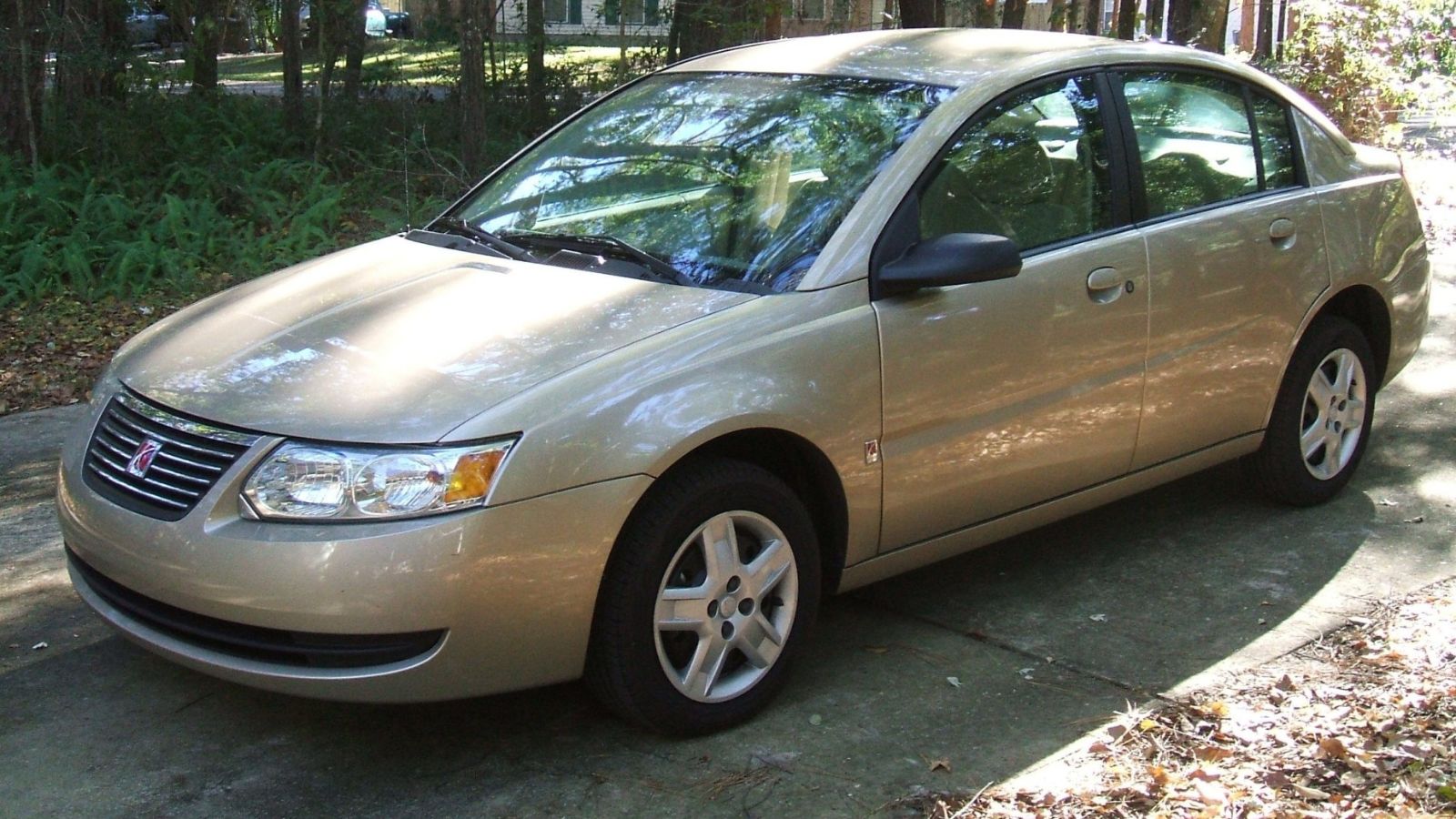
The Saturn Ion (2003–2007) was GM’s attempt at making a quirky compact car, but instead, they birthed a clunky disaster. The Ion’s infamous electric power steering failure led to random loss of steering assist—just what you want at 70 mph. Also, the cheap interior, seemingly made from recycled Tupperware, was an ergonomic nightmare, featuring a center-mounted gauge cluster that made drivers feel like they were piloting a spaceship as if it was falling apart. So, if you wanted a car that was both forgettable and terrifying, congratulations, the Ion had you covered.
Porsche Cayenne (First Generation, 2003-2010)
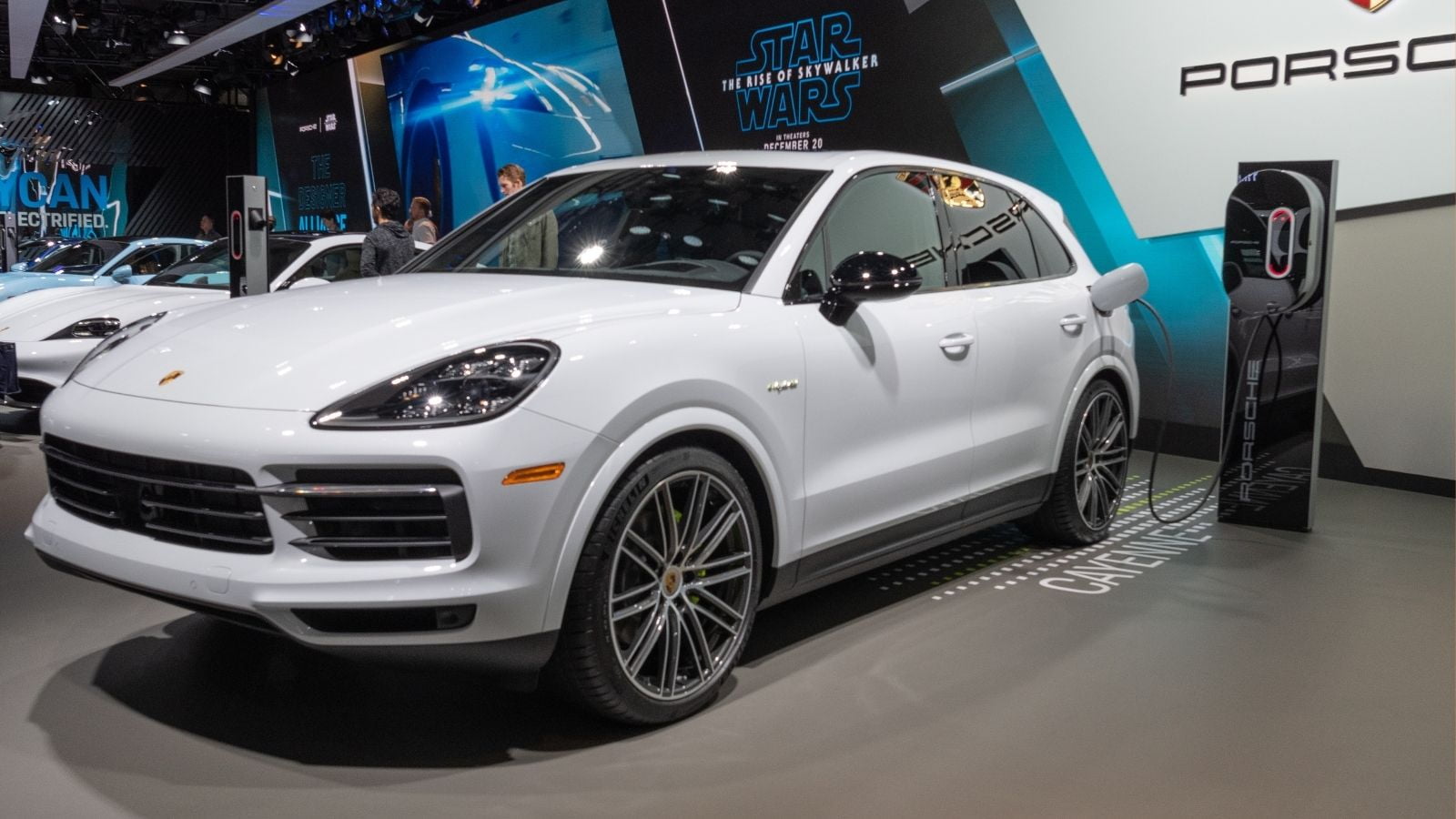
A Porsche SUV seemed like a great idea until the engine decided to implode or the cooling system leaked like a sieve. Its V8 engines habitually ate their own cylinder bore coatings, and the air suspension was about as reliable as a weather forecast. Though fancy for the time, the interior was filled with VW switchgear because nothing screamed “luxury,” like sharing buttons with a Passat. And let’s not forget its “unique” styling: a frog-faced monstrosity that looked permanently surprised. A true pioneer—it proved Porsche could make an SUV… but maybe it shouldn’t have.
Dodge Nitro (2007-2012)
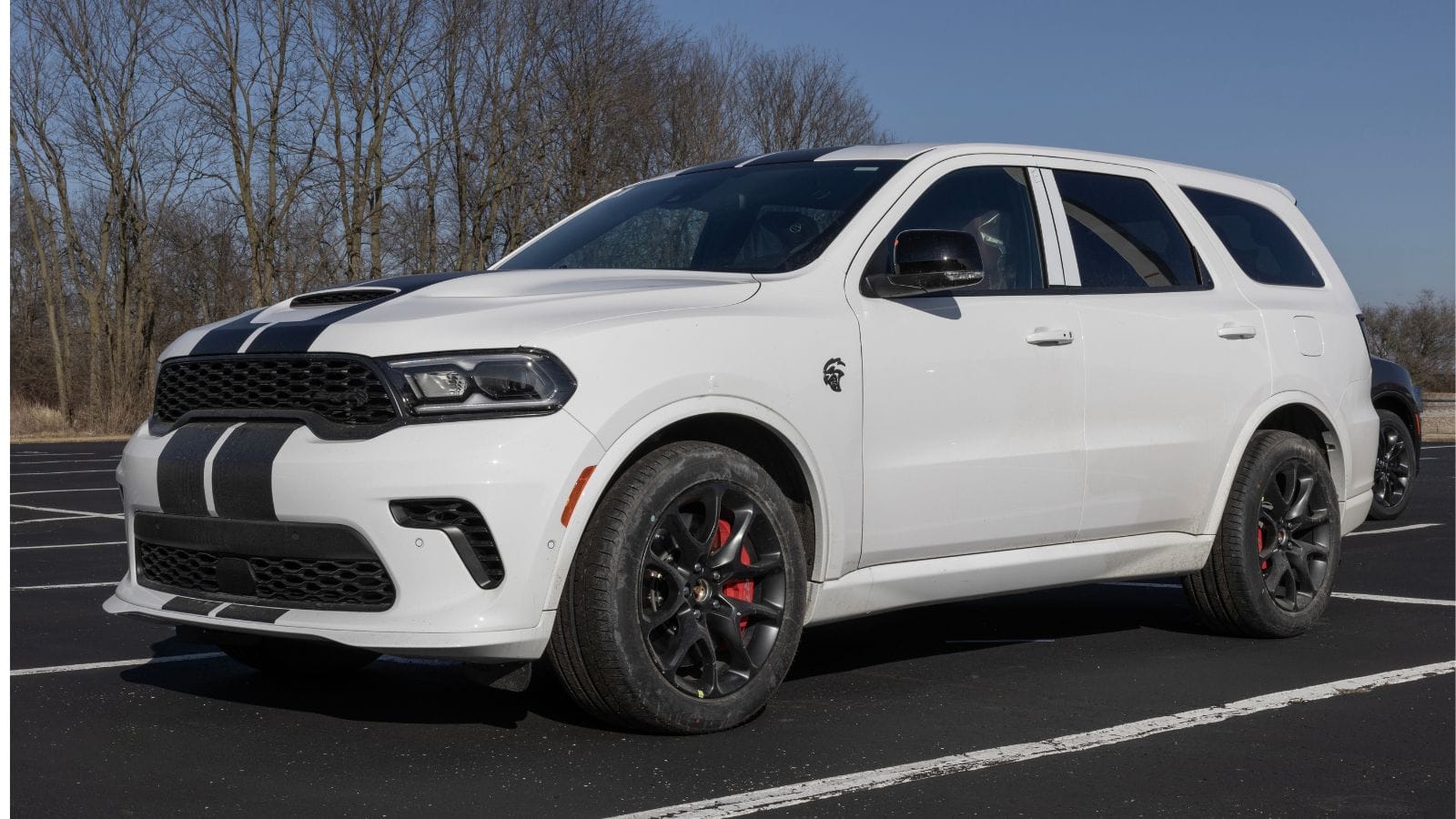
The Dodge Nitro (2007-2012) was Chrysler’s attempt at making an aggressive, boxy SUV—but it ended up being more of a cartoon villain than a reliable road warrior. The ride was bumpier than a roller coaster with missing bolts thanks to its stiff suspension. Fuel economy? A gas-guzzling 16-22 mpg, making road trips a wallet-draining adventure. Plus, the interior was a sea of cheap plastic, with ergonomics seemingly designed by someone who had never driven a car before. Oh, and were you hoping for resale value? Forget it, the Nitro depreciated faster than a half-eaten sandwich.
18 Budget-Friendly Electric Cars That Last Longer Than Their Loans — Economical Electrics
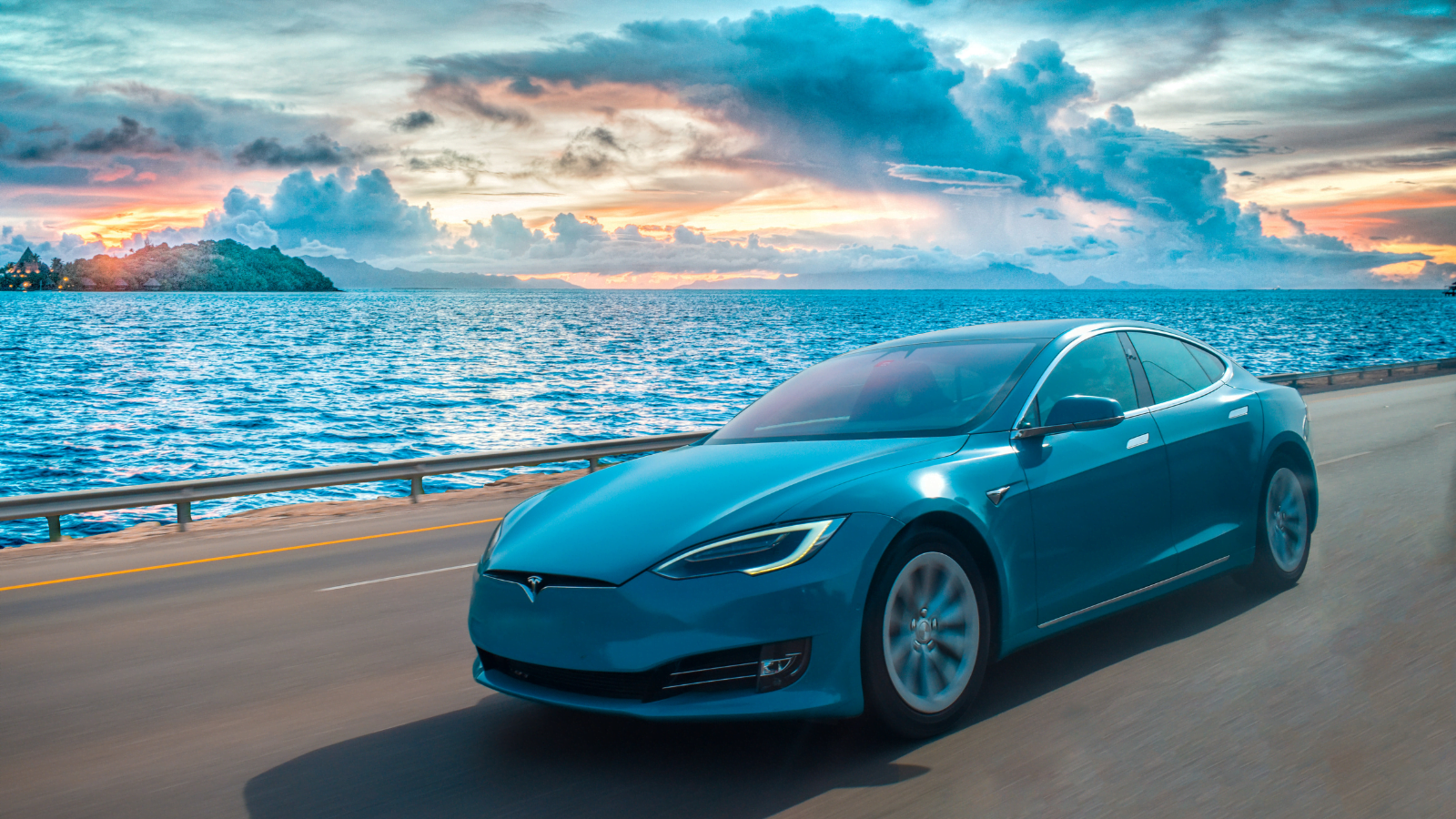
Electric vehicles are no longer a luxury for the elite—they’re a smart investment for the everyday driver. With manufacturers stepping up to the plate, affordable EVs now deliver on reliability, range, and modern comforts. Here’s a look at 18 economical electric cars engineered to outlast their payment plans.
18 Budget-Friendly Electric Cars That Last Longer Than Their Loans — Economical Electrics
